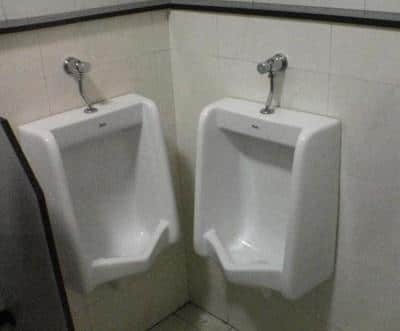Analysis/Reflection Film/TV 2 Question 4
Select from one of the readings and briefly describe two points that you have taken from it. Points that interest you, something you could apply to your own documentary.
Rabiger, M. Directing the documentary wk 1 3-7 wk 3 54-57 & 207-218 wk 4 236-239 wk 6 329-347 (Aesthetic and Authorship)
A key point from the reading is the mention of Documentary Modes. Seeing that film attempts to blur lines within its intentions of Persuasion, Preservation, Analysis and Expression as dictated by Michael Renov in Theorizing Documentary, Bill Nichol’s breakdown of Documentary modalities into 5 distinct categories helps to clear this distinction as it helps define clear boundaries for the documentary in its opereation. I feel that Nichol’s modalities work more with objective traits and aesthetical preoccupations that help clarify the realm in which the documentary is operating as Renov’s points of distinction offer a more thematic expression of modalities and due to the subjective intepretation of his given terms, further disambiguation naturally may unfold.
I feel this will help tremendously with my documentary as Nichols’ Modalties give a form of ‘ground’ that can help identify the general aesthetical intention and framework of my piece so as to better improve its elements through this modal identification in cross-reference with other work that falls the same. As such, by working with others in a similar group (my documentary harbouring on the ‘Performative Mode’), I have a point of reference and departure from which i may be able to structure my documentary and further expand on its nature.
Another point that intrigued me was the excerpt’s mention of Erik Barnouw’s roles of documentary through its historical evolution. I find this interesting as it allows me to understand and see how the documentary has been identified in our collective consciousness throughout time and through the extrapolation of the words used (such as Prophet, Explorer, Reporter Etc) and affective and, to extents, objective position can be understood about the documentary and futhermore, it signifies what the documentary ‘Could Be’ as filmmakers choose to make it.
